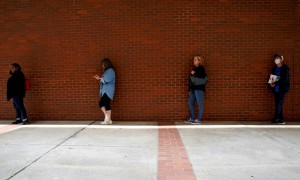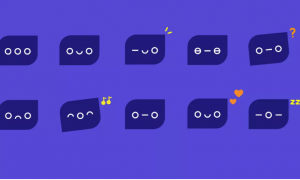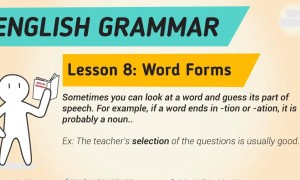What happened? Technology.
Many of the students at Loris Elementary School are from low-income families that don't have the means to give their children all of today's high-tech devices, according to the White House. That's why in 2012 the school decided to introduce a technology blended learning program complete with laptops, software, and Internet access. It's apparently made a difference.
President Barack Obama is convinced that if all schools worked more technology into their curriculum, they would also excel. That's why he announced on Thursday a new initiative (pdf) to bring high-speed Internet access to 99 percent of all of the country's K-12 students within the next five years.
"We are living in a digital age, and to help our students get ahead, we must make sure they have access to cutting-edge technology," Obama said in a statement. "So today, I'm issuing a new challenge for America - one that families, businesses, school districts and the federal government can rally around together - to connect virtually every student in America's classrooms to high-speed broadband Internet within five years, and equip them with the tools to make the most of it."
Dubbed ConnectED, the program aims to get all classrooms equipped with Internet access that has speeds of at least 100Mbps and a target goal of 1Gbps. The initiative will also provide teachers with training on how to use more technology in their curriculum. ConnectED plans to especially focus on rural schools where Internet access can be sparse.
The majority of schools in the U.S. already have Internet access but it can be extremely slow. According to the White House, fewer than 20 percent of teachers say their school's Internet connections are fast enough to be used sufficiently.
No Congressional action is required for ConnectED to go into effect, but the Federal Communications Commission will have to cooperate by leveraging its E-Rate program and provide more discounts to schools on Internet costs.
中文译文:
据美国科技网站CNET6月7日报道,2011年,南卡罗来纳州(South Carolina)洛里斯市(Loris)的洛里斯小学(Loris Elementary School)在全美的排名是第41名,而在2012年,排名升至19。
这是何故?因为科技。
根据白宫的消息,洛里斯小学的许多学生来自低收入家庭,而他们的家庭无法为他们的孩子配备现今的高科技设备。这就是为什么这所学校在2012年决定引进一种技术,能将学习程序与笔记本电脑,软件和互联网访问完整结合。这一技术成效显著。
美国总统贝拉克·奥巴马相信,如果所有的学校将更多的科技引入到课堂,它们也将会更加优秀。为此,他在星期四(6月6日)宣布一项新计划,要在未来五年将高速互联网普及到美国所有的幼儿园至十二年级的学生群体。
“我们生活在数字化时代,要帮助我们的学生获得成功,我们就必须确保他们能接触到先进的技术,”奥巴马在一份声明中说道。“因此,今天,我发布美国的一个新挑战——一个家庭、企业、学校和联邦政府能够团结在一起的挑战——在未来五年内让几乎所有的美国学生都能访问高速宽带网络,为他们提供设备,并让它们得到更好的使用。”
这一计划被称为连接教育(ConnnetED),旨在让所有教室都配备互联网接口,速度至少100Mbps,目标是达到高潮1Gbps。这个计划也将为教师们提供培训,教他们如何在课堂上使用更多的技术。这一教育计划的落实重点在于网络稀缺的农村学校。
美国大部分的学校都已可以访问互联网,但是网速极其慢。根据白宫的报告,不到20%的教师表示学校的网络连接速度足够快,能得到充分利用。
连接教育计划不需要国会的推准而直接生效,但联邦通信委员会(Federal Communication Commission)会利用E级计划(E-rate program)加强合作,并为学校提供更多上网折扣。
(翻译:溦兮 编辑:Julie)







